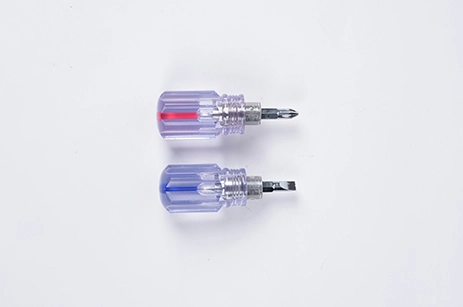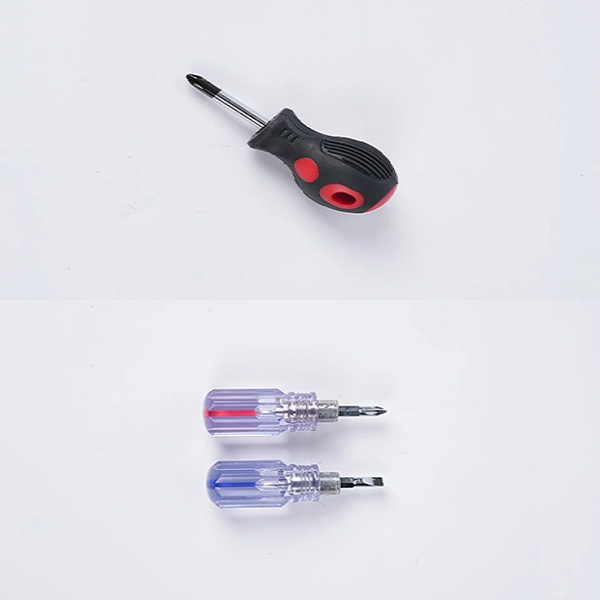Common Screwdriver Problems and Solutions
1. Slipping Screws: Apply firm and consistent pressure while turning the screwdriver. Consider using a screwdriver with a magnetic tip for better grip.
2. Stripped Screws: Use a screw extractor or a rubber band between the screwdriver and the head to improve the grip and turn slowly. Alternatively, drill a small hole and use a larger-sized screwdriver.
3. Damaged or Worn Screwdriver Tip: Replace the damaged or worn-out screwdriver with a new one to ensure a proper fit and prevent further damage to screws.
4. Stuck or Rusty Screws: Apply penetrating oil or WD-40 to loosen the rust. Use an impact screwdriver or tap the screwdriver with a hammer gently to apply additional force.
5. Incorrect Size or Type of Screwdriver: Ensure you are using the correct size and type of screwdriver for the screw head. Using an ill-fitting screwdriver can cause damage to both the screw and the tool.
Proper Technique for Using Screwdrivers
1. Grip: Hold the screwdriver handle firmly but comfortably, ensuring a secure grip for better control and torque.
2. Alignment: Position the screwdriver tip precisely in the screw head, ensuring it fits securely to avoid slipping or damaging the screw or surrounding material.
3. Pressure: Apply consistent downward pressure while turning the screwdriver to maintain contact between the tip and screw head and prevent slipping.
4. Turning Direction: Apply force in a clockwise direction for tightening screws and counterclockwise for loosening. Avoid applying excessive force that could cause damage.
5. Twisting Motion: Use smooth and controlled twisting motions, using your forearm rather than just the wrist, to turn the screwdriver and avoid excessive strain.
Custom Screwdriver Safety Tips
1. Eye Protection: Always wear safety goggles to protect your eyes from potential flying debris or metal shavings that may occur during screwdriving tasks.
2. Proper Tool Selection: Use the correct size and type of custom screwdriver for the task to prevent slippage or damage to the screw and surrounding surfaces.
3. Mindful Handling: Be mindful of your grip and keep your fingers clear of the screw head, ensuring that they are not in the path of the custom screwdriver or at risk of injury.
4. Stable Work Surface: Use a stable work surface or secure the material being worked on to prevent it from moving or slipping while using the custom screwdriver.
5. Storage and Maintenance: When not in use, store custom screwdriver in a designated area to prevent them from falling and causing potential injuries. Keep screwdrivers clean, dry, and in good condition to ensure safe and effective use.

 EN
EN
 jp
jp 













